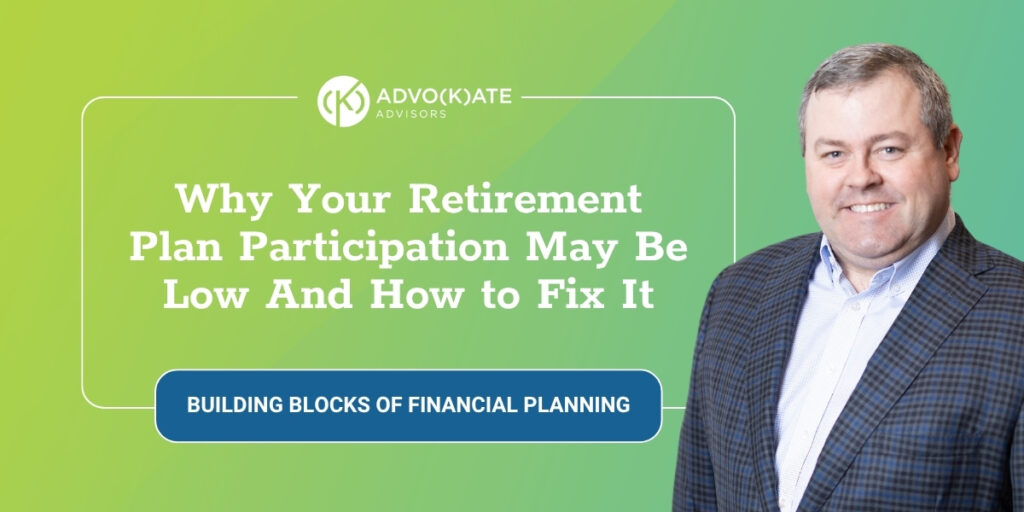According to a December 2023 survey from Schroder’s, nearly half of non-
retired Gen Xers, those born between 1965 and 1980, have not done any
retirement planning whatsoever. Moreover, they report a savings gap of over
$450,000 between what they say they’ll need and what they project they’ll
have. Amplifying these concerns, a separate study by the National Institute
on Retirement Security earlier last year found that the typical Gen X
household has only $40,000 in total retirement savings. So how can
employers help their MTV Generation workers save?
Flexible work arrangements. Recognize that Gen Xers may look to pursue
nontraditional retirement paths — such as phased retirement or working in
encore careers — and provide support for these choices. Flexible work
arrangements, such as part-time or remote work options, can allow
employees to stay in the workforce longer and postpone their full retirement
date. Tailor custom roles based on their new work schedule and availability.
Emergency savings opportunities. Effective this year, SECURE 2.0 paves
the way for employers that provide a defined contribution plan to offer an
emergency savings account for non-highly compensated employees. The
provision could go a long way toward helping circumvent hardship
withdrawals, allowing workers to be automatically opted in at up to 3% of
their salary as Roth after-tax contributions — capped at $2,500.
Mid-career financial checkups. Offer personalized financial consultations
focused on where Gen X employees are in their financial journey,
emphasizing mid-career corrections and available savings acceleration
strategies such as catch-up contribution to employee-sponsored retirement
accounts.
Support for “Sandwich Generation” challenges. Provide resources and
support for those in the “sandwich generation,” including elder care
assistance, childcare benefits and flexible spending accounts that can be
used for dependent care needs.
Plan sponsors have a critical role in bridging the retirement savings gap for Gen X employees. Initiatives such as SECURE 2.0 are steps in the right direction, but they must occur within the framework of a holistic and individualized approach to employee financial well-being. By incorporating measures such as those listed above into your company culture and benefits structure, you can demonstrate a serious commitment to the long-term success and stability of your workforce. It’s important to engage with employees early and often. Plan sponsors that proactively address these needs can expect not only to aid their employees in securing a more stable financial future, but also to potentially benefit from a more productive and loyal workforce.
Sources

